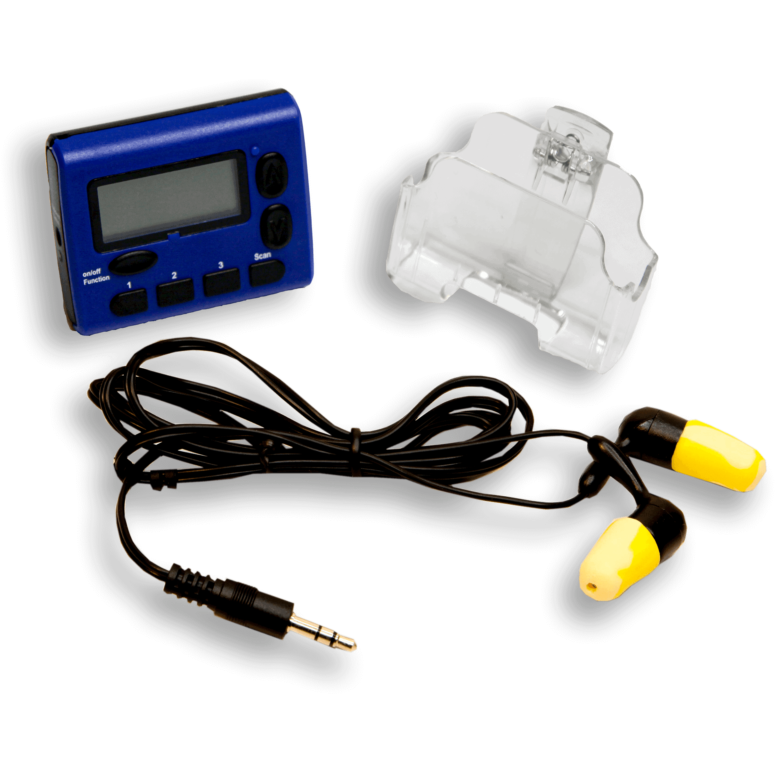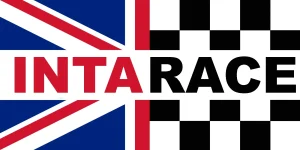
Race Receiver UHF / VHF
Product Code: 150-R-R-BLUE
A race receiver is used for listening to race control. With a multi channel option it can be separately pre-programmed to listen to the team’s pit crew for practise sessions.
The race receiver is swiftly becoming a mandatory device at many race tracks and is already compulsory in some disciplines. Race officials communicate crucial safety information regarding accidents, incidents and debris on the track directly and simultaneously to all drivers.
The unit can receive UHF (400-480Mhz) and VHF (136-270) frequencies. 3 programmable channels can be pre-set for chosen bands.
Includes:
1 x Race receiver
1 x Set of in-ear speakers with memory foam tips; 3.5mm plug
1 x Belt clip
Size: 7 x 5.5 x 2 cm
£79.00
